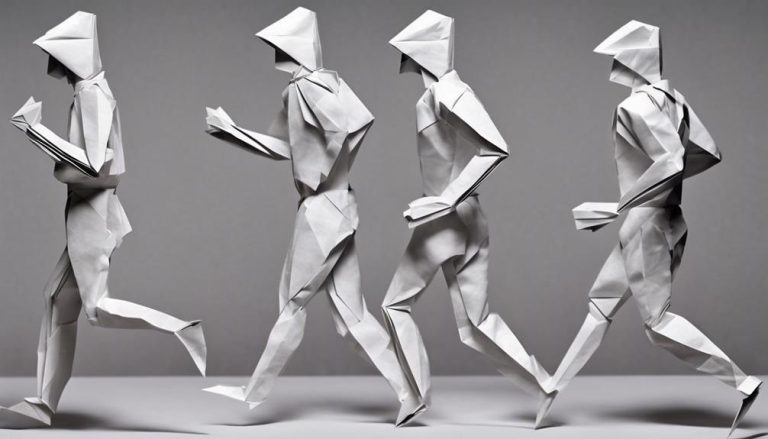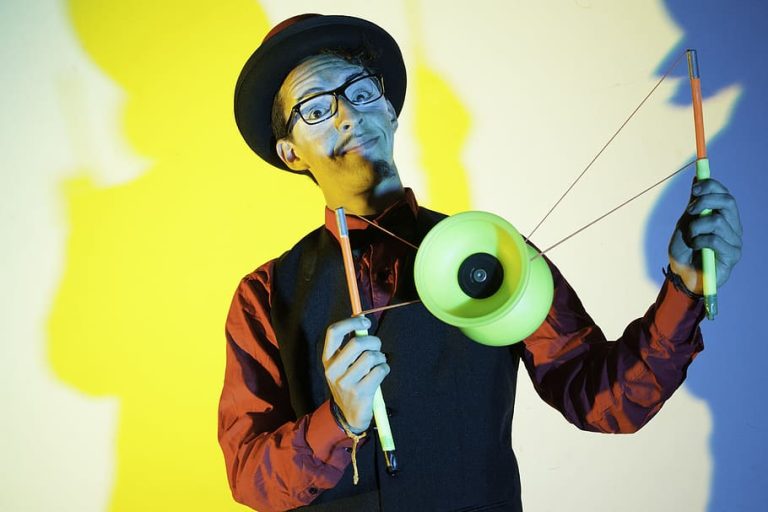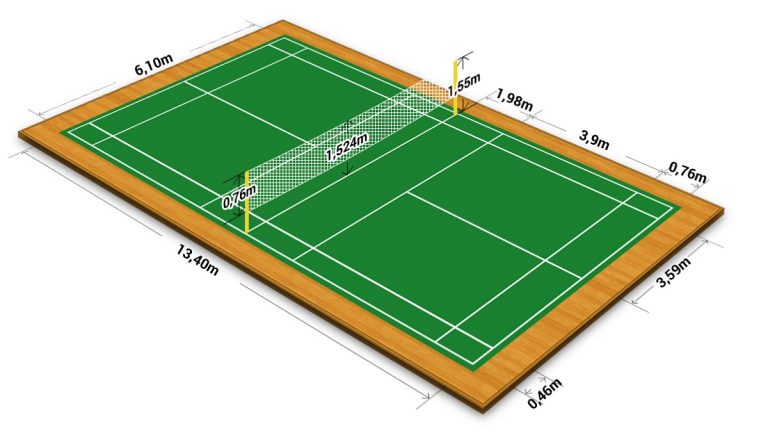General Rules of Road Skating
So, you've decided to take on the open road on your skates. While the wind in your hair and the thrill of the journey may be enticing, have you considered the important rules that govern road skating? From ensuring your safety to mastering proper techniques, there's a whole world of knowledge waiting for you to uncover. Remember, the road may be your playground, but it's important to be well-prepared for whatever comes your way.
Importance of Safety Measures
Embracing safety measures is essential when setting out on road skating, ensuring a secure and enjoyable experience for all participants. Safety precautions are not meant to limit your fun but rather to enhance it by minimizing risks. Before starting on your road skating adventure, make sure you are equipped with the knowledge of basic safety precautions.
First and foremost, always wear the proper safety gear. This includes a helmet, knee pads, elbow pads, and wrist guards. These items are vital in protecting you from potential injuries in case of falls. Additionally, wearing brightly colored or reflective clothing can increase your visibility to drivers and other road users, reducing the likelihood of accidents.
Emergency preparedness is another key aspect of road skating safety. Make sure to carry a fully charged cell phone with emergency contacts saved, in case you need assistance. Familiarize yourself with the route you plan to skate on, noting any potential hazards or escape routes in case of emergencies. It's also a good idea to skate with a buddy or in a group, so you can look out for each other and provide help if needed.
Essential Equipment for Road Skating
To guarantee a safe and enjoyable road skating experience, having the right equipment is essential. Proper gear not only enhances your performance but also keeps you protected. Here are some essential items you should have before hitting the road:
| Gear | Description | Importance |
|---|---|---|
| Helmet | Protects your head in falls | Critical for safety |
| Knee Pads | Guards against knee injuries | Essential for impact |
| Elbow Pads | Shields elbows from scrapes | Prevents abrasions |
| Wrist Guards | Protects wrists from fractures | Critical for balance |
| Skates | High-quality and fitting pair | Fundamental for control |
Ensuring your equipment is well-maintained is as important as having the right gear. Regular maintenance not only prolongs the lifespan of your equipment but also keeps you safe on the road. Here are some maintenance tips to follow:
- Check for Wear and Tear: Inspect your gear for any signs of damage regularly.
- Keep Clean: Clean your equipment after each use to prevent dirt build-up.
- Tighten Properly: Ensure all straps and buckles are secure before skating.
- Replace When Needed: Don't hesitate to replace any worn-out or damaged gear promptly.
- Store Properly: Keep your equipment in a cool, dry place to prevent deterioration.
Understanding Traffic Regulations
When road skating, understanding traffic regulations is crucial. You should be aware of traffic signals, know your right of way, and understand the importance of hand signals. These points will help you navigate roads safely and confidently while enjoying your skating experience.
Traffic Signal Awareness
Being aware of traffic signals is essential for road skaters to navigate safely and efficiently through urban areas. Here are some key points to keep in mind:
- Signal Timing: Pay attention to signal timing to anticipate when the light will change.
- Pedestrian Crossings: Respect pedestrian crossings by yielding the right of way to pedestrians.
- Intersection Etiquette: Follow proper intersection etiquette by yielding to vehicles with the right of way.
- Road Markings: Observe and understand road markings to know where it is safe to skate.
Right of Way
Traversing the streets as a road skater demands a solid understanding of right of way rules and traffic regulations to guarantee a safe and smooth journey through urban areas. When you encounter pedestrian crossings, always confirm to pedestrians to make sure their safety and show respect for other road users. Be mindful of bike lanes, as they are designated for cyclists; avoid skating in these lanes to prevent accidents and conflicts. At intersections, follow proper etiquette by confirming to vehicles or pedestrians with the right of way. Understanding and adhering to confirming rules not only keeps you safe but also fosters a harmonious flow of traffic. By respecting these regulations, you contribute to a safer and more pleasant road skating experience.
Hand Signals Importance
To navigate the streets safely and effectively as a road skater, understanding the importance of hand signals is essential for abiding by traffic regulations and communicating with other road users. When skating on the road, your body language and awareness play a critical role in keeping you and others safe. Here are four key reasons why hand signals are indispensable:
- Communication: Hand signals convey your intentions to drivers and pedestrians, reducing the risk of accidents.
- Signaling: Proper signaling alerts others to your movements, enhancing overall road safety.
- Body Language: Utilizing hand signals enhances your visibility and ensures clear communication with those around you.
- Awareness: Being aware of your surroundings and using hand signals proactively helps prevent misunderstandings and promotes harmony on the road.
Proper Skating Techniques
To improve your skating abilities, consistently practicing proper techniques is essential for mastering the sport. Balance control and speed management are foundational skills in road skating. Maintaining a good balance while skating is critical for stability and agility. Keep your knees slightly bent, distributing your weight evenly on both legs, and engage your core muscles to help with balance control. When it comes to speed management, practice using your body weight to control your speed by leaning forward or backward slightly depending on whether you want to speed up or slow down.
Proper posture plays a significant role in enhancing your skating experience. Maintain a straight back with your shoulders relaxed and your head up. Avoid slouching or leaning too far forward, as this can affect your balance and overall performance. When executing turns, focus on proper turning techniques to navigate corners smoothly. Shift your body weight in the direction you want to turn, and use your arms for balance. Remember to bend your knees and ankles slightly as you lean into the turn to maintain control and stability.
Tips for Navigating Busy Streets
When skating on busy streets, your safety should always be the top priority. Remember to obey traffic laws and signals to avoid accidents. Stay visible by wearing bright or reflective clothing and always remain alert to your surroundings.
Safety During Skating
Traversing busy streets on your skates requires heightened awareness and quick reflexes to guarantee a safe and enjoyable experience. When traveling these bustling areas, follow these essential tips:
- Stay visible: Wear bright or reflective clothing to make sure drivers can see you clearly.
- Use hand signals: Indicate your intentions to turn or stop to communicate effectively with other road users.
- Avoid distractions: Stay focused on the road ahead and avoid using your phone or listening to music at high volumes.
- Maintain control: Keep a steady pace, avoid sudden movements, and be prepared to react swiftly to any unexpected situations.
Obey Traffic Laws
Traversing busy streets on your skates requires following traffic laws to guarantee your safety and the safety of those around you. When skating in urban areas, road etiquette and traffic awareness are essential. Always obey traffic signals, stop signs, and yield to pedestrians. Use hand signals to indicate turns and stops, just like cyclists do. Be mindful of cars turning at intersections and avoid sudden movements that could startle drivers. It's important to stay in designated lanes and skate in the same direction as traffic flow. By respecting traffic laws, you not only protect yourself but also contribute to a smoother and safer experience for everyone sharing the road.
| Road Etiquette | Traffic Awareness |
|---|---|
| Obey traffic signals | Be aware of your surroundings |
| Use hand signals for turns | Watch out for turning vehicles |
| Yield to pedestrians | Stay visible and alert |
| Skate in designated lanes | Follow the flow of traffic |
Stay Visible and Alert
How can you make sure you are easily seen and attentive while moving bustling streets on your skates? It's important to prioritize your safety by staying visible and alert. Here are some tips to help you navigate busy streets confidently:
- Wear Bright Clothing: Opt for vibrant colors that stand out against the urban backdrop.
- Use Reflective Gear: Add reflective tape to your clothing or equipment for increased visibility, especially in low-light conditions.
- Stay Focused: Keep distractions to a minimum and maintain a sharp focus on your surroundings.
- Regularly Check Your Surroundings: Constantly scan for potential hazards and be prepared to react swiftly to avoid accidents.
Dealing With Unexpected Situations
Encountering unexpected obstacles while road skating requires quick reflexes and adaptability to guarantee a safe and enjoyable experience. As you glide through the streets, always be prepared for sudden challenges that may come your way. Quick reactions are key when faced with unexpected situations. Whether it's a stray animal crossing your path, a pothole appearing out of nowhere, or a car backing out of a driveway, your ability to react swiftly can make all the difference.
In such moments, emergency maneuvers can help you navigate through these obstacles safely. If you spot a hazard ahead, such as debris on the road, remember to stay calm and focused. Use your body and skates to make quick turns or stops, avoiding any potential collisions. Keep your knees bent and be ready to shift your weight to swiftly change direction if needed. Additionally, practicing emergency stops beforehand can improve your ability to handle unexpected scenarios effectively.
Post-Skating Maintenance Tips
After completing your road skating session, proper post-skating maintenance is critical to guarantee the longevity and performance of your skates. Neglecting maintenance can lead to premature wear and tear, affecting your skating experience. Here are some maintenance tips to keep your gear in top condition:
- Clean Your Skates: Remove any dirt, debris, or moisture from your skates after each session. Use a damp cloth to wipe down the boot and frame, and make sure to dry them thoroughly to prevent rust or corrosion.
- Check for Damage: Inspect your skates for any signs of damage such as cracks, loose bolts, or worn-out wheels. Addressing these issues promptly can prevent further damage and ensure your safety while skating.
- Lubricate Moving Parts: Regularly lubricate the bearings and wheel axles to maintain smooth movement. Use a silicone-based lubricant recommended for skates to keep the components functioning properly.
- Store Properly: When not in use, store your skates in a cool, dry place away from direct sunlight. Avoid storing them in extreme temperatures or humid environments as this can damage the materials.
Frequently Asked Questions
Can Road Skaters Use Hand Signals to Communicate With Other Road Users?
When road skating, utilizing hand signals is crucial for safety and communication. By understanding hand signal etiquette, you can effectively convey your intentions to drivers and maintain smooth group skating dynamics. Stay liberated and skate confidently!
What Should Road Skaters Do if They Encounter Aggressive Drivers?
When faced with aggressive drivers while road skating, prioritize safety by staying calm, avoiding confrontation, and moving to a safe location. Remember to use hand signals to communicate effectively and always be aware of your surroundings.
Are There Specific Laws or Regulations That Road Skaters Need to Be Aware of in Different States or Countries?
When road skating, various regulations and laws govern your journey. Differences exist internationally, impacting skaters' rights and legal responsibilities. Stay informed about specific rules in different states or countries to guarantee a safe skate.
How Can Road Skaters Protect Themselves From Injuries While Skating on Uneven or Rough Surfaces?
To protect yourself while road skating on uneven surfaces, focus on wearing gear like helmets, knee pads, and wrist guards. Use proper technique by bending your knees, keeping your weight balanced, and staying aware of your surroundings.
What Are Some Recommended Stretches or Exercises to Improve Flexibility and Prevent Muscle Strains While Road Skating?
Want to feel like a rubber band? Flexibility exercises are your ticket to becoming a pretzel on wheels. Prevent muscle strains with a daily dose of stretching techniques. Embrace the bend and dodge those injuries!






